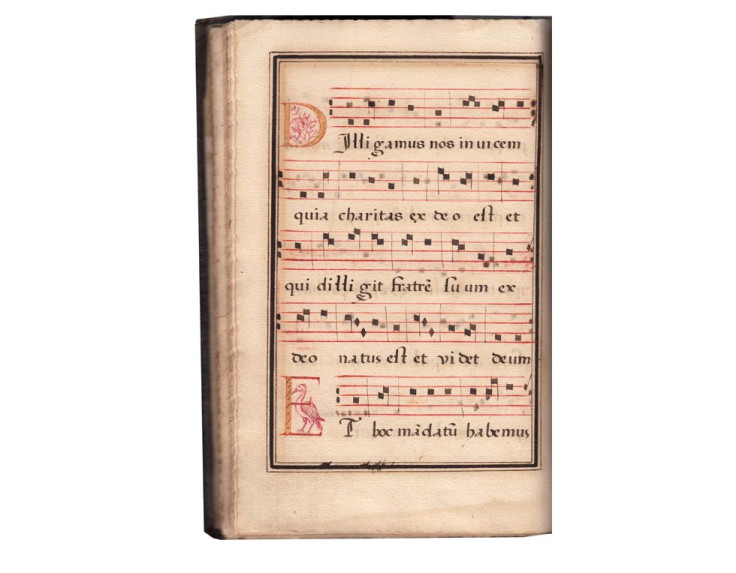Kangaroo Drawing Found In Portuguese Manuscript, Medieval Sketch Could Rewrite Australia’s History [PHOTO]

Australia may have to rewrite its history textbooks thanks to a 16th century drawing of a little kangaroo.
The small drawing of the marsupial was found on a Portuguese manuscript that dates between 1580 and 1620, leading researchers to believe the land Down Under may have been explored before the first known European ship landed in Australia in 1606.
''A kangaroo or a wallaby in a manuscript dated this early is proof that the artist of this manuscript had either been in Australia, or even more interestingly, that travelers’ reports and drawings of the interesting animals found in this new world were already available in Portugal,'' Laura Light, a researcher from Les Enluminures Gallery in New York, which acquired the piece, told the Sydney Morning Herald. ''Portugal was extremely secretive about her trade routes during this period, [which explains] why their presence there wasn't widely known.''
The pocket-size manuscript belongs to a prayer book and is inscribed with the name of a nun believed to be from Caldas da Rainha in western Portugal. This could mean Portuguese explorers were the first to make landfall in Australia, which contradicts the longstanding belief that credits a Dutch voyage headed by Willen Janszoon in 1606 with the discovery.
This isn’t the first time Portugal has been mentioned as Australia’s first explorer. Historian Peter Trickett has argued that a Portuguese expedition mapped the coast of Australia in 1521 and 1522. Others point to maps that date back to the 1540s that show a land mass beneath Indonesia and New Guinea.
''It is not surprising at all that an image of a kangaroo would have turned up in Portugal at some point in the latter part of the 16th century," Trickett said. "It could be that someone in the Portuguese exhibition had this manuscript in their possession."
The manuscript also features two small figures that are “possibly natives of Australia or elsewhere in Southeast Asia,” the gallery says. “If our manuscript can be dated with some certitude, this book interjects another sort of evidence to support to the theory that it was the Portuguese explorers who were the first Europeans to 'discover' Australia.”
While the manuscript may raise questions about Australia’s history, Light says it is “a little too narrow” to draw hard conclusions.
“Surely the fact that this drawing is found in such an unlikely context -- a prayer book owned by a Portuguese nun at the end of the sixteenth or early seventeenth centuries -- tells us something of interest about the level of contact between these two cultures,” she said.
Australian officials agree.
''The likeness of the animal to a kangaroo or wallaby is clear enough, but then it could be another animal in South-east Asia, like any number of deer species, some of which stand on their hind legs to feed off high branches,'' Martin Woods, the curator of maps at the National Library of Australia, said. ''For now, unfortunately, the appearance of a long-eared big-footed animal in a manuscript doesn't really add much.''
Woods says the front and hind legs of the animal appeared to be the same size, which is inaccurate and adds that it is an illustration, not an official map or record.
“I think it’s very exciting for people who already believe the Portuguese were the first to reach Australia, but for people who do not believe it, the manuscript is not that exciting,” he told the Guardian.
© Copyright IBTimes 2024. All rights reserved.






















